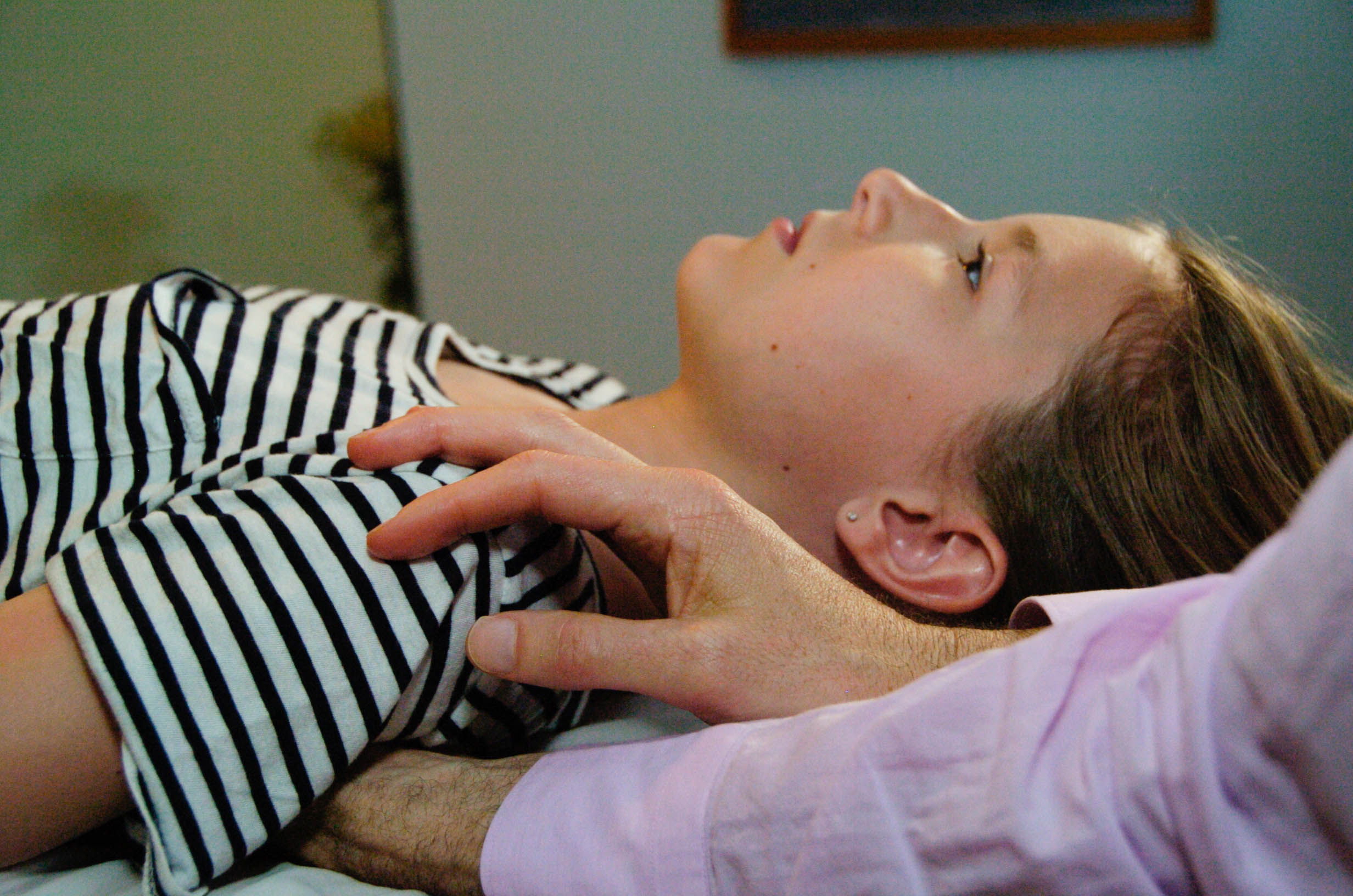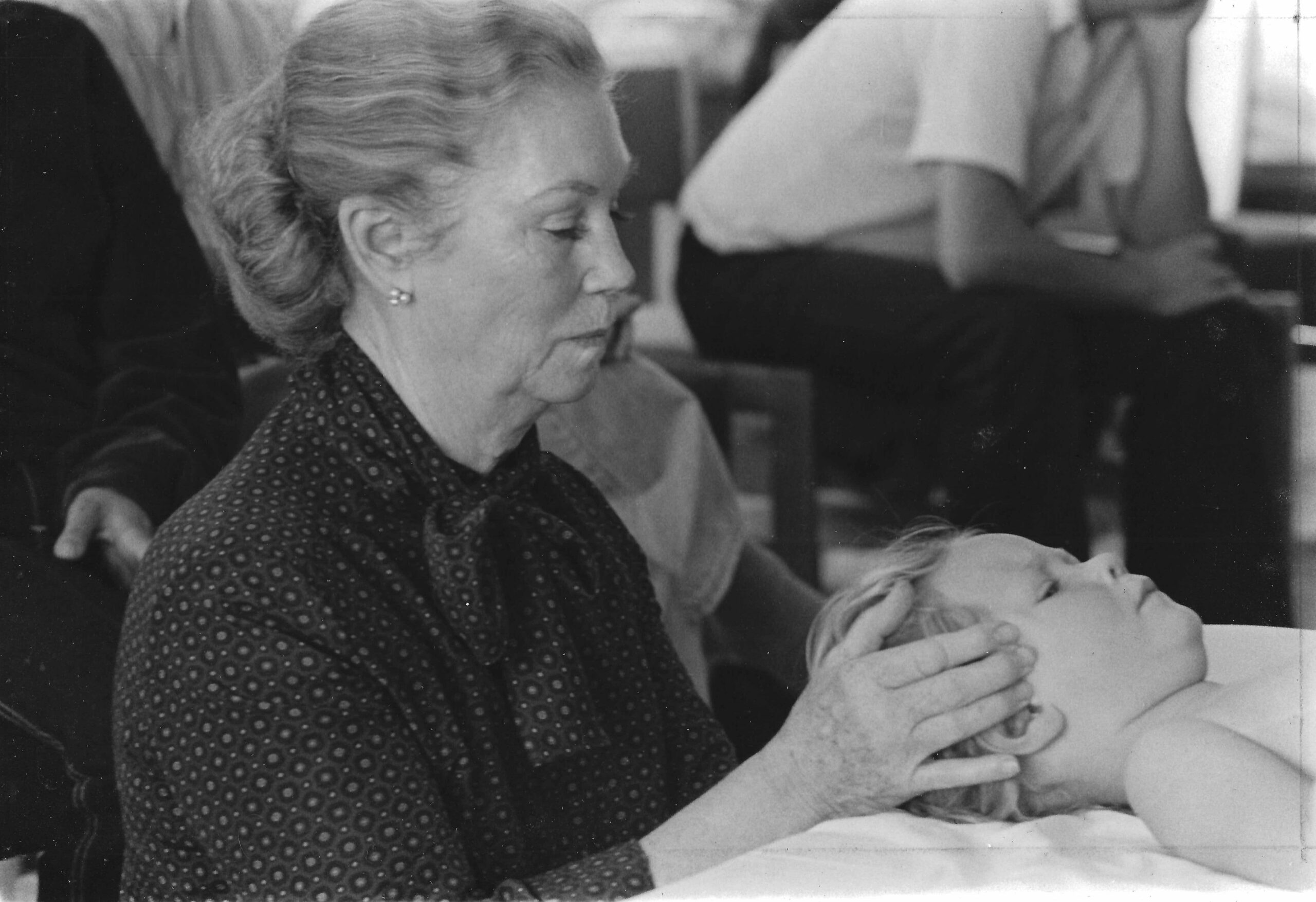
The focus of Craniosacral Therapy
While CST is concerned with the alignment of the structure, it’s primary focus is upon the breath and movement of the Cranial Sacral bones and fluid. The movement of the CSF relates not only to the mobility of the spine and skull but also the tension and mobility of the dura. The dura is the connective tissue covering of the spinal cord and brain. Additionally, the dura separates the two sides of the brain. The tensions within the dural layer can influence the shape, mobility and function of the boney and nervous tissue that make up the CNS.

A Gentle Approach
While applying gentle pressure, the practitioner evaluates the freedom and mobility within the craniosacral system. Gentle techniques are used to unwind the restrictions found within the head, neck and back. As mobility within the craniosacral system is restored, problems including low back pain, neck pain, headaches, TMJ and neuropathy can abate. As pains subside, CST promotes a deep sense of well-being.
Cranial Rhythm
The function of the brain and spinal cord are central to our overall health. Both emotional stresses and physical injuries can create imbalance and restriction within the craniosacral system. When the inherent cranial rhythm is disturbed our health is diminished. Craniosacral Therapy releases these chronic imbalances and nourishes health.
What to Expect
A typical CST session lasts 45 – 60 minutes and takes place in a peaceful, private setting. CST is performed with the client fully clothed and lying on a comfortable massage table. The therapist uses a light touch to “listen to,” or evaluate the body for patterns of tension or imbalances.
Craniosacral therapy is profoundly relaxing and calming for the nervous system. During a session, the client experiences a deepening of respiration, a softening of the musculoskeletal system, and a greater sense of ease. Schedule your next CST session with David soon!
